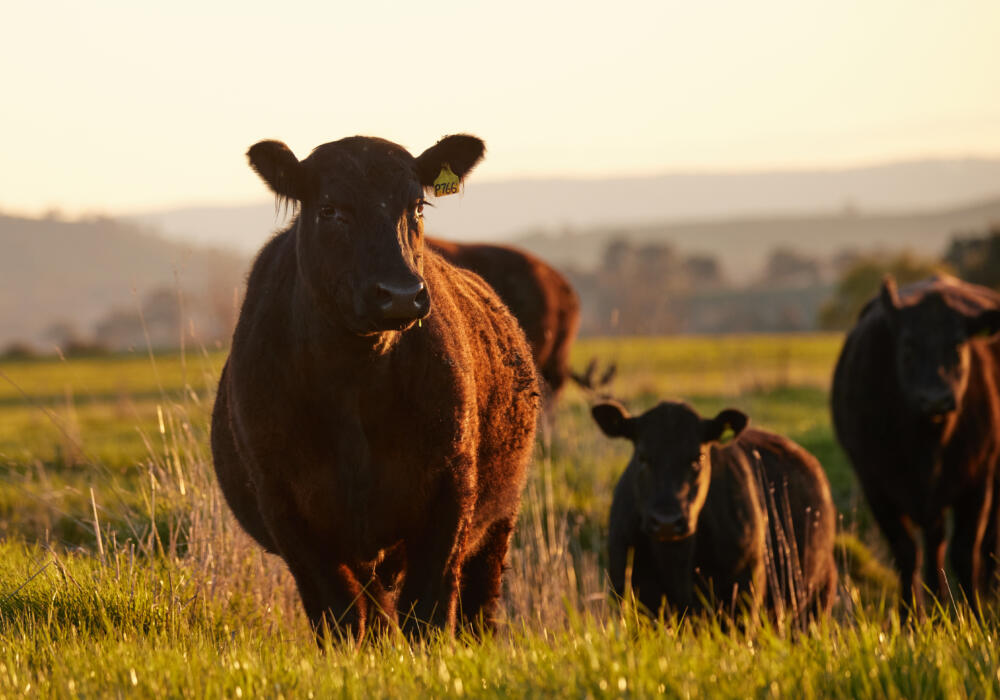In Victoria’s legendary High Country, a small herd of just 31 cows is producing more than 400 next-generation bulls and females every year, through an intensive embryo transfer program.
The embryos are then transferred to recipient cows for a routine pregnancy.
Routine?
It sounds simple, but Te Mania Angus ET program manager James McCormack knows it is anything but.
James says when you are flushing 31 donor cows five times a year – averaging around 124 embryos per flush for the group – your cows must be in peak condition year-round and you have to be on your toes for just as long too.
However, he says while the ET program is using the best genetics in the Te Mania Angus herd, its approach is still considered and conservative, where every sire used must be a graduate of the stud’s extensive progeny test program, both in-herd and through the 43 Victorian, NSW and SA member herds of the Team Te Mania program. Genetics which this year alone have sold to more than 200 Australian herds as well as 10 other countries.
“With a strong emphasis on homebred sires, it does become a genetic juggling act, which is why we regularly introduce a little bit of outcross genetics,” James explains.
“And it has all been working extremely well for the business, at both our annual bull sales – the southern autumn on-property sale in Mortlake and the northern spring sale at Walgett – the bulls coming through this program have regularly provided the pick of the catalogues,” he adds.
“That means they have topped the averages and been the individual top price of the sales, which is as good a way as any of saying the science works.”
Calving is set for August/September at Mansfield, where calves are weighed at birth, kept with their mothers until they are 4.5 months old, weighed again, and then weaned, with the heifers transferred to a growing-out property at Peterborough while the bull calves head for the Te Mania Angus Mortlake headquarters.
James says after 30 years of being run at the home property, the growing ET program has been High Country based since 2012 because of the need for more land and has been a pivotal part in the genetic fast track which has made Te Mania Angus one of the most influential bloodlines in the Angus breed.
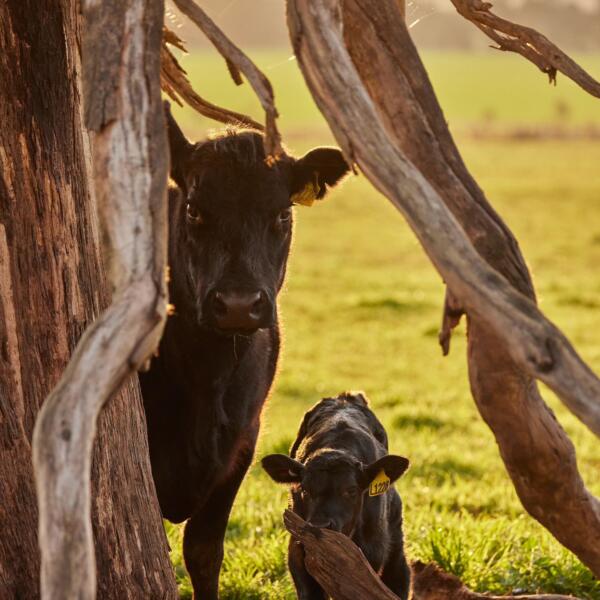
James and Emily McCormack manage the Te Mania embryo herd from their home at Mansfield, VIC.
The process starts with the donor cows being artificially inseminated and at seven days the embryos are harvested and frozen.
He says they monitor the cows to know when they are in heat and the flushed embryos are tested under microscopes for viability.
“The donor cows are super ovulated to produce multiple eggs, receiving a progesterone insert and then two days later a shot of oestrogen,” James says.
“For the last four days, before being inseminated, they also receive 12-hourly FSH (follicle stimulating hormone) shots, with the cow then coming into season two days later,” he says.
“Because they are being super ovulated, they also receive two artificial inseminations 12 hours apart.”
The recipients are then synchronised in preparation and have to pass a palpation test at seven days, before joining begins in November and December, where James runs three rounds, three weeks apart.
If cows in the first round don’t take, they get a second chance in the third and final round, with the program consistently producing a strike rate of more than 70 per cent, which James says is on a par with the industry’s better results.
Because of the scale of the operation, and the tight schedule, Te Mania Angus works with two specialist services – ET pioneer Dr Todd Landes and Holbrook Veterinary Services – which normally allows the implants to be completed in a day.

